The Culture of the Plains is a fictional invention from literature, aimed to heighten the value of these indomitable peoples, and, more recently, Hollywood films. The stereotype of the tipi conical tents, the buffalo hunters, and the feather crowns will long live in collective imagination, especially in our culture, where such pseudo-culture born by European cinema is regarded as historically accurate.
Also called “erratic nomadism”, the culture of these Indians of the Plains may be limited to 160 years, between 1730 and 1890.
Before then, these nations – distinct from one another on the basis of language, religion and customs – lived in the regions enclosed by the Atlantic coasts, along the Mississipi and Ohio rivers and around the Great Lakes.
These peoples were mostly farmers, eating 70 percent vegetables and 30 percent meat. In the summer, they made rapid and temporary excursions to the borders of the prairies to get meat, butchered and dried on the site. This dried meat was then carried to the villages, either on their shoulders or with the help of sledges (travois) pulled by dogs.
Small women’s bag, 1880 circa (East Dakota, Yankton)
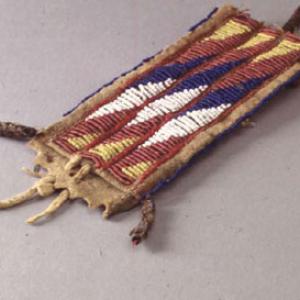
Small women’s bag, 1880 circa (East Dakota, Yankton)

Small women’s bag, 1880 circa (East Dakota, Yankton)

Small women’s bag, 1880 circa (East Dakota, Yankton)

Parfleche, 1870 - 1880 circa
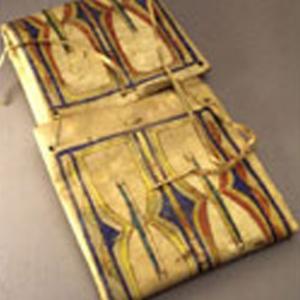
Parfleche, 1870 - 1880 circa

Parfleche, 1870 - 1880 circa

Parfleche, 1870 - 1880 circa

Female tunic and leggings , end of 800 (East Dakota, Yankton)

Female tunic and leggings , end of 800 (East Dakota, Yankton)

Female tunic and leggings , end of 800 (East Dakota, Yankton)

Female tunic and leggings , end of 800 (East Dakota, Yankton)

Loafers for boy/girl, circa 1880 (East Dakota )
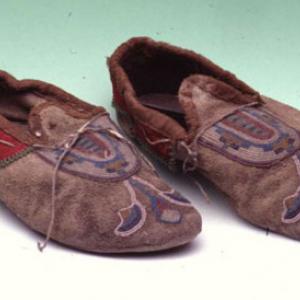
Loafers for boy/girl, circa 1880 (East Dakota )

Loafers for boy/girl, circa 1880 (East Dakota )

Loafers for boy/girl, circa 1880 (East Dakota )

Women’s loafers, 1885 - 1890 circa (East Dakota, Santee - Yankton)

Women’s loafers, 1885 - 1890 circa (East Dakota, Santee - Yankton)

Women’s loafers, 1885 - 1890 circa (East Dakota, Santee - Yankton)

Women’s loafers, 1885 - 1890 circa (East Dakota, Santee - Yankton)

Loafers for boys, circa 1885 (East Dakota - Santee)

Loafers for boys, circa 1885 (East Dakota - Santee)

Loafers for boys, circa 1885 (East Dakota - Santee)

Loafers for boys, circa 1885 (East Dakota - Santee)

Small women’s bag, end of 800 (East Dakota, Yankton)
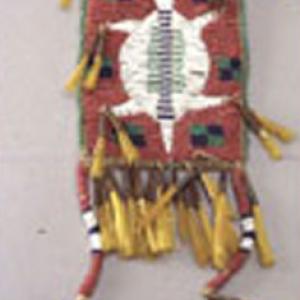
Small women’s bag, end of 800 (East Dakota, Yankton)

Small women’s bag, end of 800 (East Dakota, Yankton)

Small women’s bag, end of 800 (East Dakota, Yankton)

Small women’s bag panel, 1880 circa (East Dakota, Yankton)
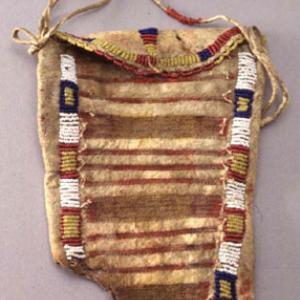
Small women’s bag panel, 1880 circa (East Dakota, Yankton)

Small women’s bag panel, 1880 circa (East Dakota, Yankton)

Small women’s bag panel, 1880 circa (East Dakota, Yankton)

Small multipurpose bag, 1870 - 1880 circa (East Dakota, Yankton or Santee)
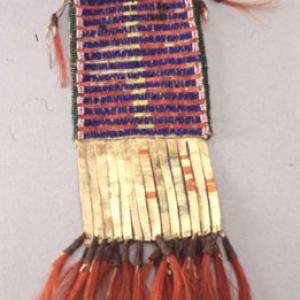
Small multipurpose bag, 1870 - 1880 circa (East Dakota, Yankton or Santee)

Small multipurpose bag, 1870 - 1880 circa (East Dakota, Yankton or Santee)

Small multipurpose bag, 1870 - 1880 circa (East Dakota, Yankton or Santee)

Part of small female bag, circa 1885 (East Dakota - Santee)
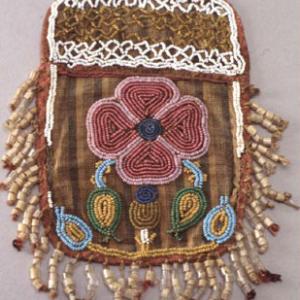
Part of small female bag, circa 1885 (East Dakota - Santee)

Part of small female bag, circa 1885 (East Dakota - Santee)

Part of small female bag, circa 1885 (East Dakota - Santee)

Small women’s bag, 1890 - 1900 circa (East Dakota, Yankton)
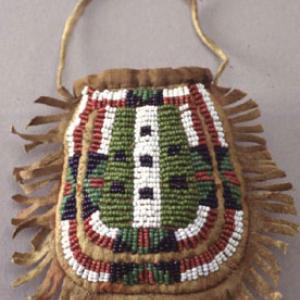
Small women’s bag, 1890 - 1900 circa (East Dakota, Yankton)

Small women’s bag, 1890 - 1900 circa (East Dakota, Yankton)

Small women’s bag, 1890 - 1900 circa (East Dakota, Yankton)

Small women’s bag of commercial type, end '800 (Sioux of the East, Santee - Yankton)
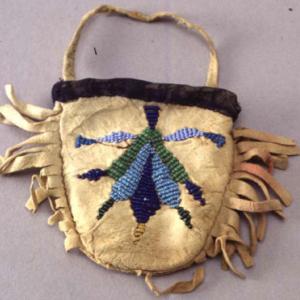
Small women’s bag of commercial type, end '800 (Sioux of the East, Santee - Yankton)

Small women’s bag of commercial type, end '800 (Sioux of the East, Santee - Yankton)

Small women’s bag of commercial type, end '800 (Sioux of the East, Santee - Yankton)

Small women’s bag of commercial type, end '800 (Sioux of the East, Santee - Yankton)
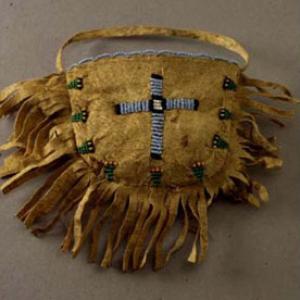
Small women’s bag of commercial type, end '800 (Sioux of the East, Santee - Yankton)

Small women’s bag of commercial type, end '800 (Sioux of the East, Santee - Yankton)

Small women’s bag of commercial type, end '800 (Sioux of the East, Santee - Yankton)

Small women’s bag of commercial type, end '800 (Sioux of the East, Santee - Yankton)
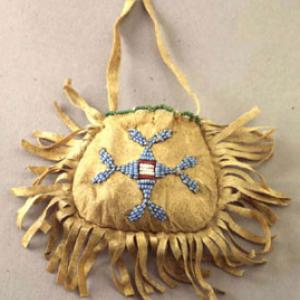
Small women’s bag of commercial type, end '800 (Sioux of the East, Santee - Yankton)

Small women’s bag of commercial type, end '800 (Sioux of the East, Santee - Yankton)

Small women’s bag of commercial type, end '800 (Sioux of the East, Santee - Yankton)

Small women’s bag of commercial type, end '800 (Sioux of the East, Santee - Yankton)

Small women’s bag of commercial type, end '800 (Sioux of the East, Santee - Yankton)

Small women’s bag of commercial type, end '800 (Sioux of the East, Santee - Yankton)

Small women’s bag of commercial type, end '800 (Sioux of the East, Santee - Yankton)

Toy ball, circa 1880 (East Dakota)
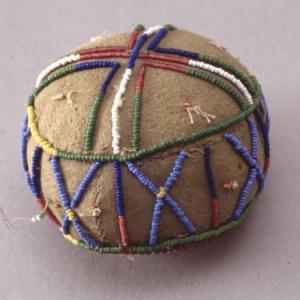
Toy ball, circa 1880 (East Dakota)

Toy ball, circa 1880 (East Dakota)

Toy ball, circa 1880 (East Dakota)

Toy ball, circa 1880 (East Dakota)

Toy ball, circa 1880 (East Dakota)

Toy ball, circa 1880 (East Dakota)

Toy ball, circa 1880 (East Dakota)

Small bag for men and women, 1875 - 1885 (East Dakota - Yankton)
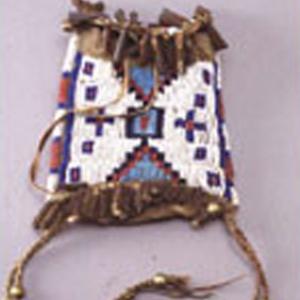
Small bag for men and women, 1875 - 1885 (East Dakota - Yankton)

Small bag for men and women, 1875 - 1885 (East Dakota - Yankton)

Small bag for men and women, 1875 - 1885 (East Dakota - Yankton)

Women’s loafers, end of 800 (East Dakota)

Women’s loafers, end of 800 (East Dakota)

Women’s loafers, end of 800 (East Dakota)

Women’s loafers, end of 800 (East Dakota)

Model of house, circa 1880 (Dakota - Teton)
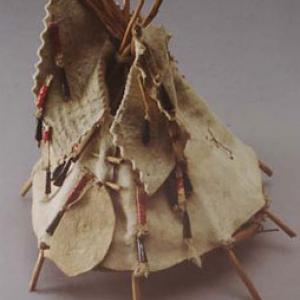
Model of house, circa 1880 (Dakota - Teton)

Model of house, circa 1880 (Dakota - Teton)

Model of house, circa 1880 (Dakota - Teton)

Spoon, 1875 - 1880 circa (Oglala - Lakota or Brulee)
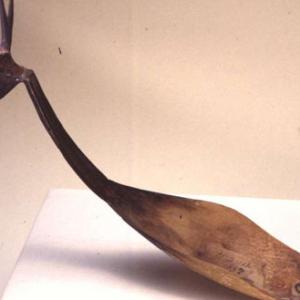
Spoon, 1875 - 1880 circa (Oglala - Lakota or Brulee)

Spoon, 1875 - 1880 circa (Oglala - Lakota or Brulee)

Spoon, 1875 - 1880 circa (Oglala - Lakota or Brulee)

vertical suspension cradle
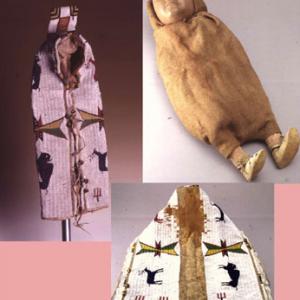
vertical suspension cradle

vertical suspension cradle

vertical suspension cradle

Doll , 1880 circa (East Dakota)
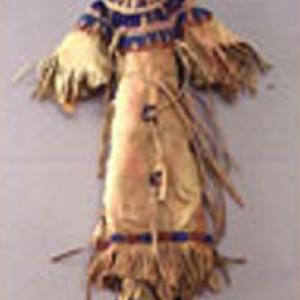
Doll , 1880 circa (East Dakota)

Doll , 1880 circa (East Dakota)

Doll , 1880 circa (East Dakota)

Amulet, circa 1880, (East Dakota, Santee)

Amulet, circa 1880, (East Dakota, Santee)

Amulet, circa 1880, (East Dakota, Santee)

Amulet, circa 1880, (East Dakota, Santee)

Case for awl, 1870 - 1875 circa (East Dakota, Yankton or Santee)
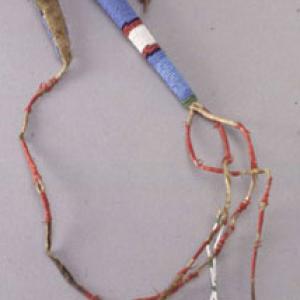
Case for awl, 1870 - 1875 circa (East Dakota, Yankton or Santee)

Case for awl, 1870 - 1875 circa (East Dakota, Yankton or Santee)

Case for awl, 1870 - 1875 circa (East Dakota, Yankton or Santee)

Case for awl, 1870 - 1875 circa (East Dakota, Yankton or Santee)
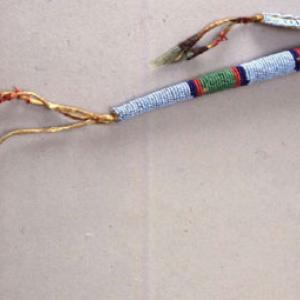
Case for awl, 1870 - 1875 circa (East Dakota, Yankton or Santee)

Case for awl, 1870 - 1875 circa (East Dakota, Yankton or Santee)

Case for awl, 1870 - 1875 circa (East Dakota, Yankton or Santee)

Women’s loafers with floral decoration, 1885 - 1890 circa (Ojibway)
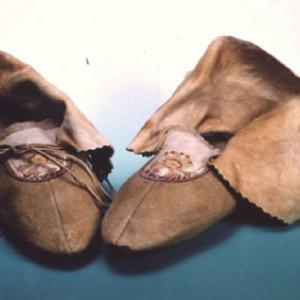
Women’s loafers with floral decoration, 1885 - 1890 circa (Ojibway)

Women’s loafers with floral decoration, 1885 - 1890 circa (Ojibway)

Women’s loafers with floral decoration, 1885 - 1890 circa (Ojibway)

Lakota headgear
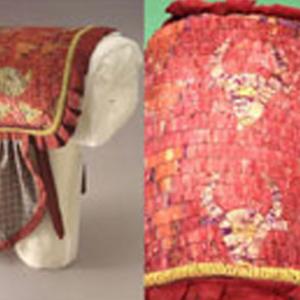
Lakota headgear

Lakota headgear

Lakota headgear

Amulet, about 1875 (Teton Dakota)
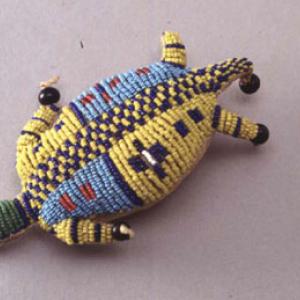
Amulet, about 1875 (Teton Dakota)

Amulet, about 1875 (Teton Dakota)

Amulet, about 1875 (Teton Dakota)

Amulet
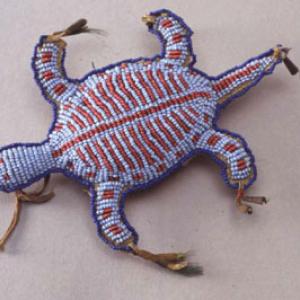
Amulet

Amulet

Amulet

Loafers for boy/girl, circa 1890 (East Dakota - Sioux Santee)

Loafers for boy/girl, circa 1890 (East Dakota - Sioux Santee)

Loafers for boy/girl, circa 1890 (East Dakota - Sioux Santee)

Loafers for boy/girl, circa 1890 (East Dakota - Sioux Santee)

Loafers for boy/girl, circa 1885 (East Dakota - Yankton)
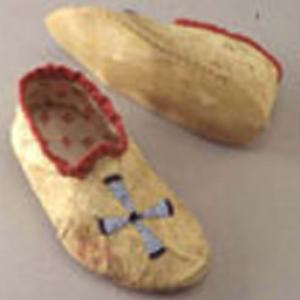
Loafers for boy/girl, circa 1885 (East Dakota - Yankton)

Loafers for boy/girl, circa 1885 (East Dakota - Yankton)

Loafers for boy/girl, circa 1885 (East Dakota - Yankton)

Installation North American indigenous peoples
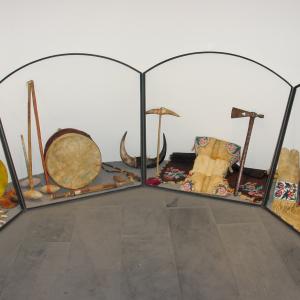
Installation North American indigenous peoples

Installation North American indigenous peoples

Installation North American indigenous peoples





